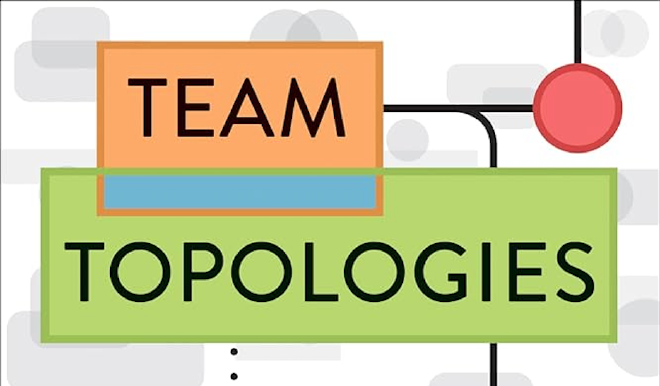
In 2021, as part of our book club at SoKube, Laurent Speyser suggested we read “Team topologies” by Matthew Skelton and Manuel Pais. It was a real revelation, and shed light on the dysfunctions I had encountered in various companies during my coaching work.
“Organizations which design systems (in the broad sense used here) are constrained to produce designs which are copies of the communication structures of these organizations.”
– Melvin E. Conway
Conway’s Law is well known to employees of companies producing digital products. Matthew and Manuel invite us to reverse this law and build high-performance teams with the right interactions to build a digital product as efficiently as possible, based on a team-first approach that emphasises clear limits and expectations in terms of communication and responsibilities within and between teams.
Without revealing the full content of the book, you will find below a few of the points covered.
Team topologies#
There are 4 types of team:
- stream-aligned team: in charge of delivering the company’s value to its customers, organised in such a way as to be able to make rapid decisions in complete autonomy;
- platform team: in charge of reducing the cognitive load of atream-aligned teams by providing them with automated services;
- enabling team: responsible for helping other teams to increase their knowledge and skills in a subject in which it has expertise (e.g. test automation);
- complicated sub-system team: in charge of reducing the cognitive load of value stream-oriented teams or platform teams by providing them with services that abstract the complexity of a subject requiring in-depth expertise.
Interaction topologies#
There are 3 types of interaction:
- collaboration: encourages collective intelligence to create new services, but costs an organisation a lot in terms of coordination and clarity of responsibilities;
- facilitation: mainly used by enabling teams to pass on knowledge and know-how to a team;
- X-as-a-service: the target for any company in terms of team interactions, by making interactions between teams explicit; one team provides a service that another team consumes.
